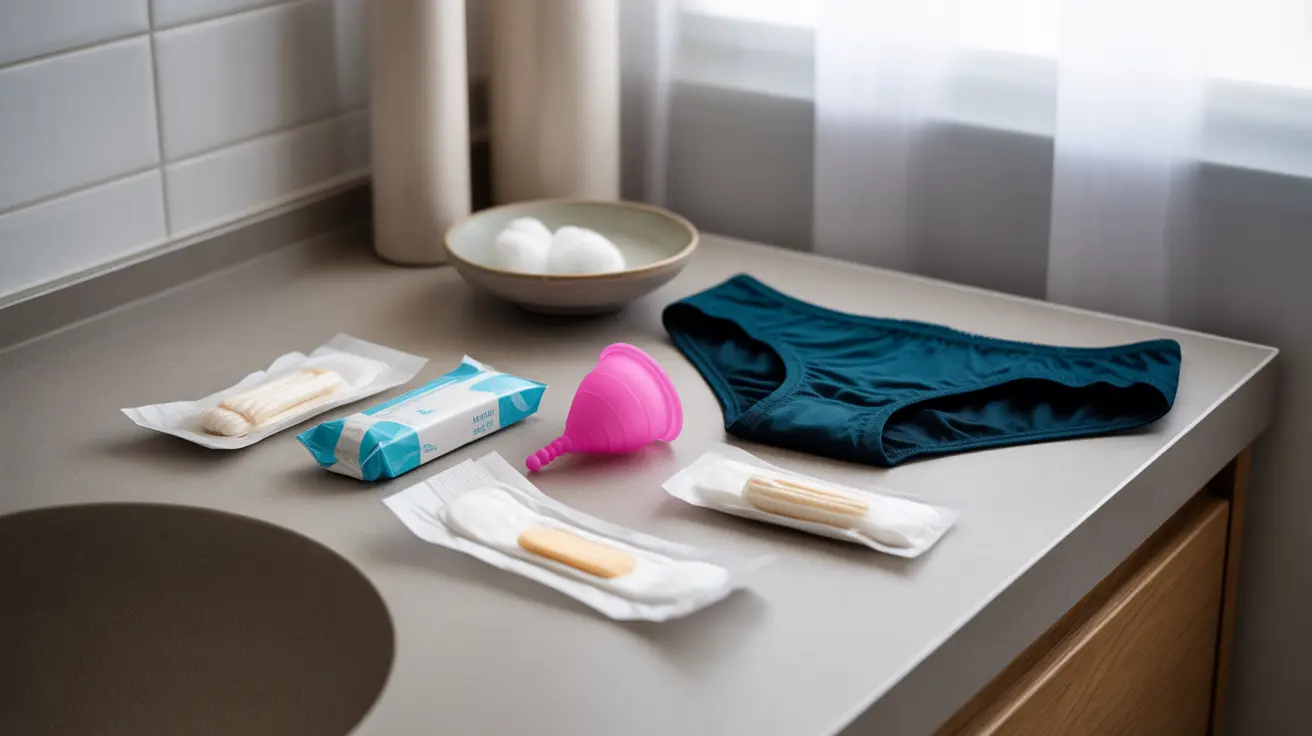Understanding feminine hygiene is essential for maintaining optimal vaginal health and comfort during menstruation. With numerous products and practices available, it's important to make informed choices that work best for your body and lifestyle. This comprehensive guide will help you navigate the world of feminine hygiene products and practices safely and effectively.
Understanding Different Feminine Hygiene Products
Modern feminine hygiene offers various options to suit different needs and preferences. Each product type has its unique benefits and considerations:
Disposable Products
Traditional disposable options remain popular for their convenience and accessibility:
- Pads: Available in various absorbencies and lengths
- Tampons: Offered in different sizes and with or without applicators
- Panty liners: Ideal for light flow days or backup protection
Reusable Options
Sustainable alternatives are gaining popularity for their eco-friendly benefits:
- Menstrual cups: Silicone or rubber cups that collect menstrual fluid
- Period underwear: Absorbent, washable undergarments
- Reusable cloth pads: Washable alternatives to disposable pads
Choosing the Right Products for Your Flow
Selecting appropriate feminine hygiene products depends on several factors:
- Flow intensity (light, medium, or heavy)
- Personal comfort and lifestyle
- Physical activity levels
- Environmental considerations
- Cost considerations
Safe Usage and Maintenance
Proper use of feminine hygiene products is crucial for preventing infections and ensuring comfort:
For Disposable Products
Follow these essential guidelines:
- Change pads every 4-6 hours
- Replace tampons every 4-8 hours maximum
- Never wear a tampon for more than 8 hours
- Choose the minimum absorbency needed for your flow
For Reusable Products
Maintain proper hygiene with these steps:
- Clean menstrual cups thoroughly between cycles
- Wash period underwear according to manufacturer instructions
- Sanitize reusable pads after each use
- Store clean products in a dry, clean container
The Importance of Natural Products
Understanding what to avoid is just as important as knowing what to use:
- Avoid scented products that can irritate sensitive tissues
- Choose unscented, hypoallergenic options when possible
- Look for products free from harmful chemicals
- Consider organic cotton products to minimize exposure to pesticides
Frequently Asked Questions
What are the different types of feminine hygiene products and how do I choose the right one for my menstrual flow? Choose based on your flow intensity, comfort level, and lifestyle. For heavy flow, consider ultra-absorbent pads or tampons, or a high-capacity menstrual cup. For lighter days, regular absorbency products or panty liners may suffice.
How often should I change tampons and pads to maintain good feminine hygiene and prevent infections? Change tampons every 4-8 hours maximum, never exceeding 8 hours. Pads should be changed every 4-6 hours, or more frequently during heavy flow days. Regular changing helps prevent bacterial growth and potential infections.
Are reusable menstrual products like cups and period underwear safe and how do I clean them properly? Yes, reusable products are safe when properly maintained. Clean menstrual cups by boiling between cycles and washing with mild soap during use. Period underwear should be rinsed in cold water and machine washed according to instructions.
Why should I avoid scented or fragranced feminine hygiene products during my period? Scented products can disrupt the vagina's natural pH balance and contain chemicals that may cause irritation, allergic reactions, or infections. Unscented products are safer for maintaining vaginal health.
What are the best feminine hygiene habits to support vaginal health during menstruation? Practice regular product changes, maintain clean hands when handling products, wipe front to back, avoid douching, wear breathable cotton underwear, and choose unscented products. Stay hydrated and maintain good overall hygiene during your period.




